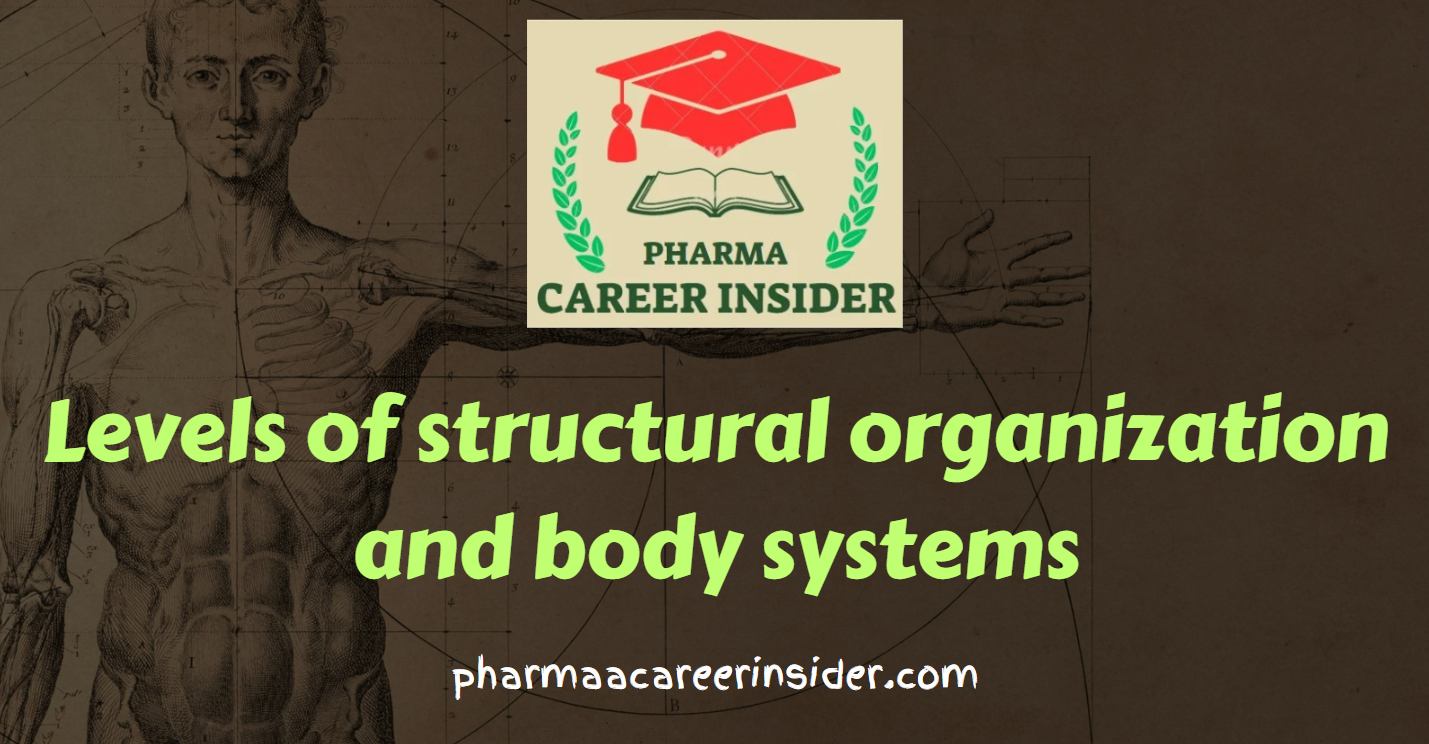Tissue level of organization
Tissue is a group of similar cells that work together to perform a specific function in the body. These cells are often organized into layers or clusters and share a common structure and function. Tissues are the building blocks of organs, and they play a fundamental role in the structure and function of multicellular organisms. … Read more










